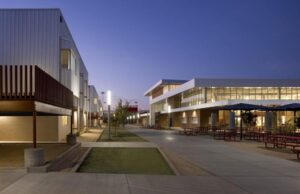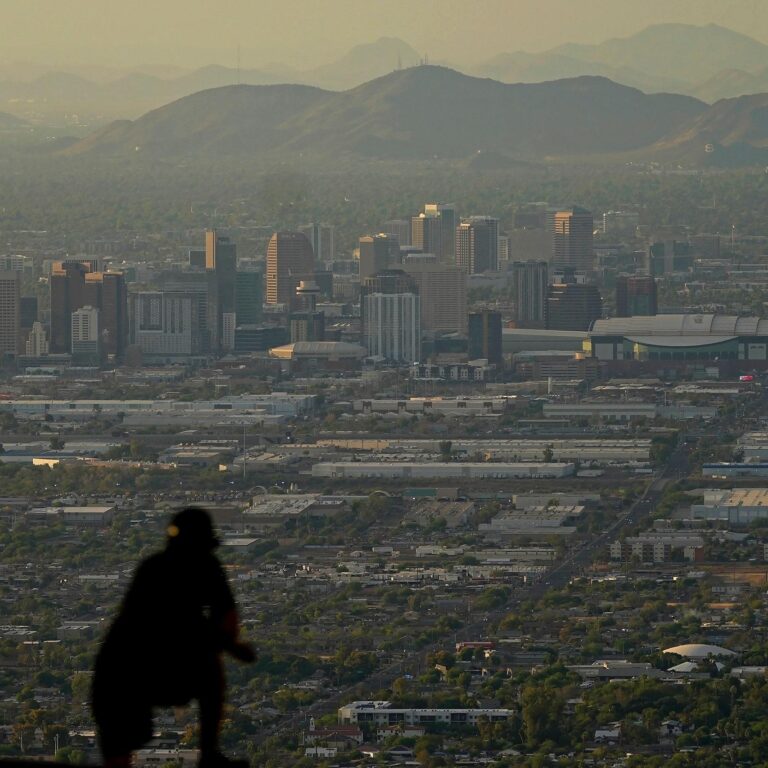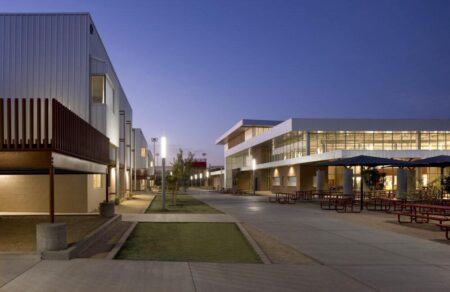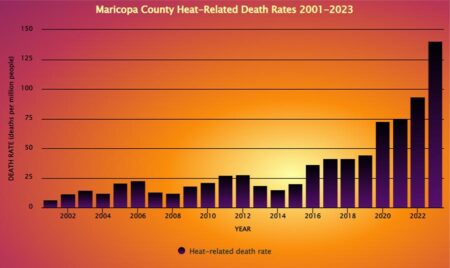Surviving the Scorching Heat: Life in AmericaŌĆÖs Hottest Major City
Enduring the Extreme Heat: Daily Realities in PhoenixŌĆÖs Blazing Summers
In Phoenix, summer temperatures frequently exceed 110┬░F, forcing residents to drastically adjust their everyday habits. The intense heat transforms routine tasksŌĆösuch as commuting, exercising, or running errandsŌĆöinto carefully planned activities that prioritize hydration, sun protection, and timing. Many locals avoid outdoor exposure during the peak afternoon hours, opting instead for early mornings or late evenings when the mercury dips slightly. This extreme climate also places enormous pressure on the cityŌĆÖs infrastructure, particularly the electrical grid, as air conditioning usage surges, raising concerns about energy sustainability and equitable access.
Beyond personal discomfort, the heat exacerbates systemic challenges affecting public health and safety. Elderly individuals, outdoor laborers, and those with limited resources are especially vulnerable, prompting coordinated efforts from city officials and community organizations. Initiatives focus on raising heat awareness, expanding shaded public areas, and providing accessible cooling centers. Key survival tactics embraced across Phoenix include:
- Hydration Access: Installing free water stations in public spaces to encourage regular fluid intake.
- Reflective Roofing Programs: Promoting the use of materials that deflect heat to keep indoor environments cooler.
- Emergency Cooling Facilities: Offering air-conditioned shelters for at-risk groups during heatwaves.
- Adaptive Work Schedules: Urging employers to shift work hours to cooler parts of the day.
| Time Frame | Typical Temperature (┬░F) | Recommended Activities |
|---|---|---|
| 6 AM ŌĆō 9 AM | 85 ŌĆō 95 | Ideal for outdoor exercise and commuting |
| 10 AM ŌĆō 4 PM | 105 ŌĆō 115 | Stay indoors, maintain hydration |
| 5 PM ŌĆō 9 PM | 95 ŌĆō 105 | Limit outdoor exposure |
Protecting the Most Vulnerable: Health Risks and Preventative Actions
The sweltering heat in Phoenix presents serious health hazards, especially for seniors, outdoor laborers, and those with chronic illnesses. Extended exposure to extreme temperatures can trigger heat exhaustion, heat stroke, and dehydration, which often worsen cardiovascular and respiratory conditions. Many vulnerable individuals lack adequate air conditioning or face social isolation, increasing their susceptibility. Hospitals in the region report a sharp rise in heat-related emergency visits during summer, highlighting the critical need for focused protective measures.
To address these risks, local health departments and government agencies have implemented comprehensive programs emphasizing prevention and swift intervention. Notable strategies include:
- Cooling Centers: Air-conditioned public spaces offering respite for residents without home cooling.
- Hydration Drives: Distribution of water and educational outreach promoting proper fluid consumption.
- Heat Warning Alerts: Real-time notifications via SMS and social media to inform residents of dangerous heat conditions.
- Outreach Visits: Teams conducting welfare checks on isolated or immobile individuals during heatwaves.
| Intervention | Purpose | Beneficiaries |
|---|---|---|
| Cooling Centers | Provide relief from extreme heat | Elderly, Homeless populations |
| Hydration Stations | Prevent dehydration and heat illnesses | Outdoor workers, Low-income communities |
| Heat Alert Systems | Issue early warnings for heatwaves | General public, At-risk groups |
| Home Outreach | Monitor health of vulnerable residents | Isolated and immobile individuals |
Innovative Cooling Strategies and Community Initiatives
Confronted with relentless triple-digit temperatures, Phoenix has embraced creative solutions to mitigate heatŌĆÖs impact. Urban designers are installing expansive shade canopies made from reflective materials at bus stops and along walkways, reducing surface heat by nearly 30┬░F. Public libraries and community centers serve as essential cooling refuges during peak heat hours, while mobile cooling units travel to underserved neighborhoods, providing relief to thousands weekly. Additionally, nonprofit organizations distribute cooling kitsŌĆöfeaturing reusable water bottles and portable fansŌĆöto support elderly and low-income residents during heat emergencies.
Community-driven efforts include:
- Organizing tree-planting campaigns to increase natural shade and improve air quality.
- Hosting educational workshops on recognizing heat illness symptoms and maintaining hydration.
- Collaborating with technology firms to deploy heat-mapping applications that identify high-risk zones in real time.
| Initiative | Effectiveness | Current Status |
|---|---|---|
| Reflective Shade Structures | Reduces surface temperatures by 30% | Citywide rollout underway |
| Mobile Cooling Units | Serves over 5,000 residents weekly | Fully operational |
| Heat Safety Education | Increased community awareness by 40% | Ongoing programs |
Adapting for Tomorrow: Preparing Phoenix for a Hotter Future
With record-breaking heatwaves becoming the norm, Phoenix is compelled to rethink urban living in a climate increasingly defined by extreme temperatures. While cooling centers provide immediate relief, they are temporary fixes in a city where summer highs often exceed 110┬░F for extended periods. Long-term resilience depends on sustainable infrastructure investments aimed at reducing the urban heat island effect. These include reflective pavements, expanded green spaces, and shaded pedestrian corridors.
Experts stress that technological solutions must be paired with community education and robust emergency response systems. Current and planned adaptation measures include:
- Urban Greening: Planting drought-tolerant trees and establishing green corridors to lower ambient temperatures.
- Infrastructure Enhancements: Applying reflective roofing and pavement materials to increase surface reflectivity.
- Public Health Campaigns: Raising awareness about heat risks and providing resources for vulnerable populations.
- Emergency Preparedness: Expanding cooling centers and refining heat emergency alert protocols.
| Adaptation Strategy | Projected Benefit | Implementation Timeline |
|---|---|---|
| Cool Pavements | Lower street temperatures by up to 10┬░F | Short-term (1ŌĆō3 years) |
| Expansion of Urban Tree Canopy | Reduce neighborhood heat and improve air quality | Mid-term (3ŌĆō7 years) |
| Heat Health Warning Systems | Provide early alerts to prevent heat-related illnesses | Immediate (within 1 year) |
Conclusion: Resilience Amid Rising Temperatures
As the sun dips below the horizon in Phoenix, the cityŌĆÖs unyielding heat serves as a powerful reminder of the challenges faced by millions living in AmericaŌĆÖs hottest metropolitan area. From soaring temperatures to the strain on public health and infrastructure, Phoenix exemplifies both the resilience and vulnerabilities inherent in urban life under a warming climate. This detailed exploration of a week in the cityŌĆÖs summer heat highlights the urgent necessity for innovative solutions and community solidarity to protect residents today and in the decades to come.






